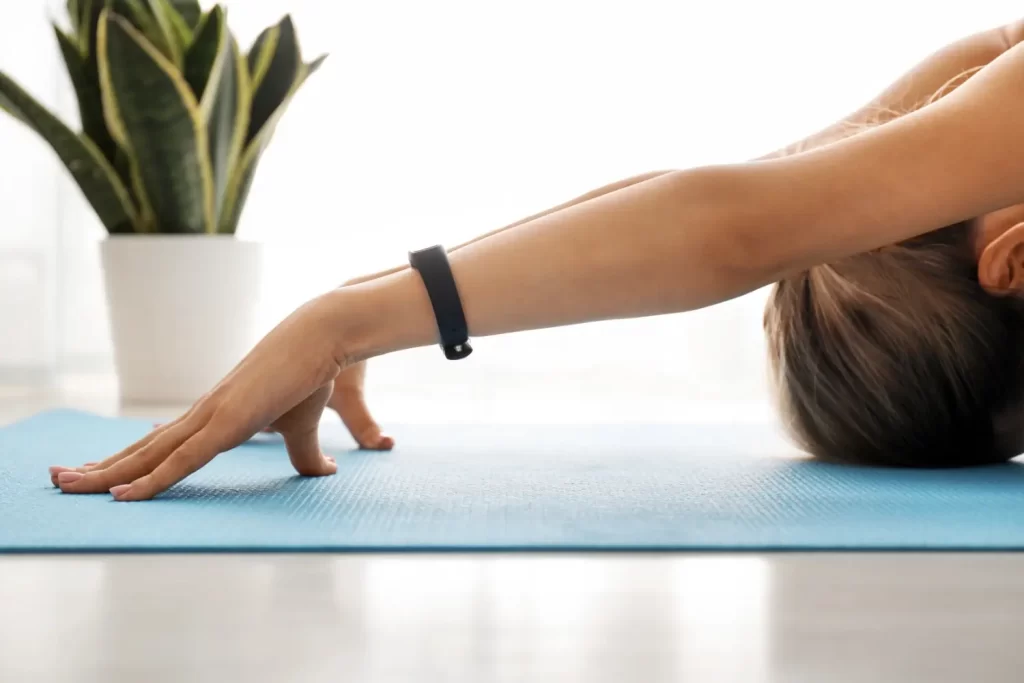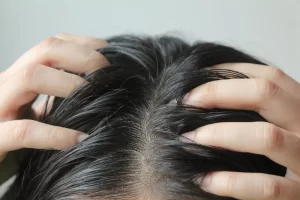
Menopause is a natural transition in a woman’s life, but it often comes with uncomfortable symptoms like joint pain, stiffness, stress, and sleep disturbances.
While many women turn to medication or supplements for relief, simple lifestyle changes—like incorporating a daily stretching routine—can make a significant difference in overall well-being. Stretching helps reduce stiffness, improve flexibility, and even support emotional balance during menopause.
One of the most common complaints during menopause is increased joint stiffness and discomfort. As estrogen levels decline, the body produces less collagen, which is essential for keeping joints flexible and lubricated. This often leads to aches, reduced mobility, and an increased risk of injury.
Incorporating stretching for menopause into a daily routine can help counteract these effects. Stretching improves circulation, delivering oxygen and nutrients to the joints while flushing out inflammation-causing toxins. It also promotes flexibility, making everyday movements—like getting out of bed or reaching for objects—easier and more comfortable.
Additionally, gentle stretching exercises help reduce muscle tightness, which can contribute to joint pain. By regularly engaging in dynamic or static stretches, menopausal women can maintain mobility, prevent stiffness, and experience long-term relief from joint discomfort.
Menopause doesn’t just affect the body—it also has a significant impact on mental well-being. Fluctuating hormone levels can lead to increased stress, anxiety, and mood swings. Additionally, higher cortisol (the stress hormone) levels during menopause can contribute to feelings of restlessness and irritability.
Practicing stretching for menopause can be a simple yet effective way to manage stress and improve mood. Stretching activates the parasympathetic nervous system, triggering the body’s relaxation response. This helps lower cortisol levels, reduce tension, and promote a sense of calm. When combined with deep breathing, stretching can also enhance mindfulness, allowing women to feel more present and balanced.
Regular stretching has even been linked to the release of endorphins—natural mood-boosting chemicals that help combat anxiety and depression. By incorporating stretching into a daily routine, menopausal women can experience not only physical relief but also improved emotional resilience.
Many menopausal women struggle with sleep disturbances, including insomnia and restless nights. Hormonal changes—such as declining estrogen and progesterone—can disrupt the body’s natural sleep-wake cycle, making it harder to fall asleep and stay asleep.
Incorporating stretching for menopause into a nightly routine can promote deeper, more restful sleep. Gentle stretches before bed help relax tense muscles, reduce cortisol levels, and signal to the body that it’s time to unwind. This can ease nighttime restlessness and improve overall sleep quality.
Beyond sleep, stretching also boosts energy levels during the day. By improving circulation and oxygen flow, stretching helps fight fatigue and enhances mental clarity. A few minutes of stretching in the morning or mid-afternoon can provide a natural energy lift, making it easier to stay active and alert.

Incorporating a regular stretching routine doesn’t have to be complicated. Just a few minutes of daily movement can help ease stiffness, improve flexibility, and enhance overall well-being. Below is a simple stretching routine designed specifically for menopausal women:
Stretching is a simple yet powerful way to manage menopause symptoms naturally. By improving flexibility and circulation, stretching for menopause helps reduce joint stiffness and pain. It also plays a key role in stress reduction, promoting relaxation and emotional balance. Plus, incorporating a regular stretching routine can enhance sleep quality and boost energy levels throughout the day.
The key to experiencing these benefits is consistency. Just a few minutes of gentle stretching each day can make a significant difference in overall well-being.
Looking for more ways to support your body during menopause? Explore how nutrition and exercise can complement your stretching routine for a healthier, more balanced transition.
Related Articles










* These statements have not been evaluated by the Food and Drug Administration. This product is not intended to diagnose, treat, cure or prevent any disease.